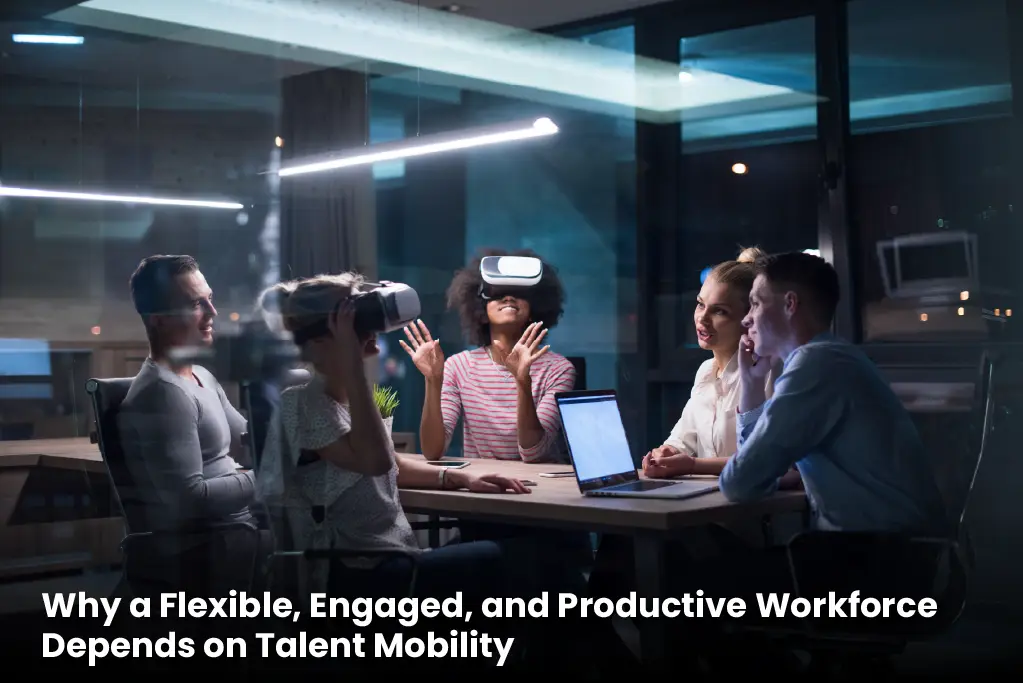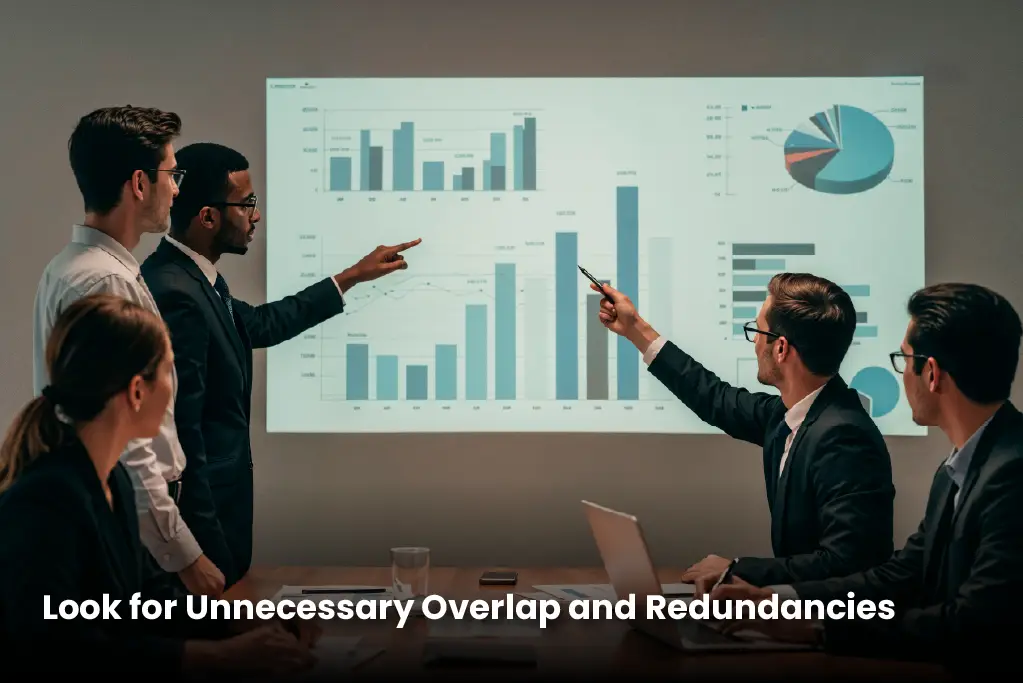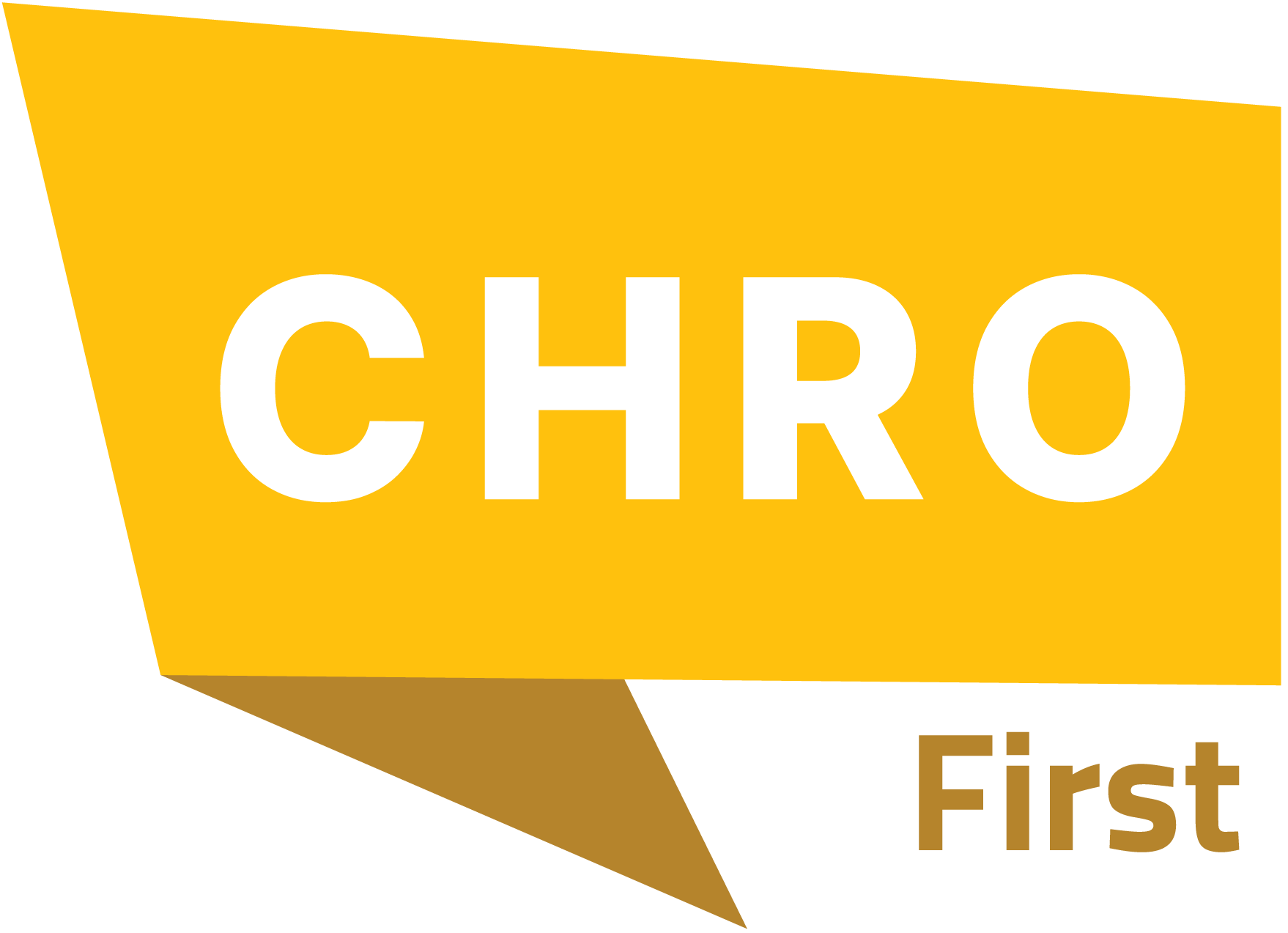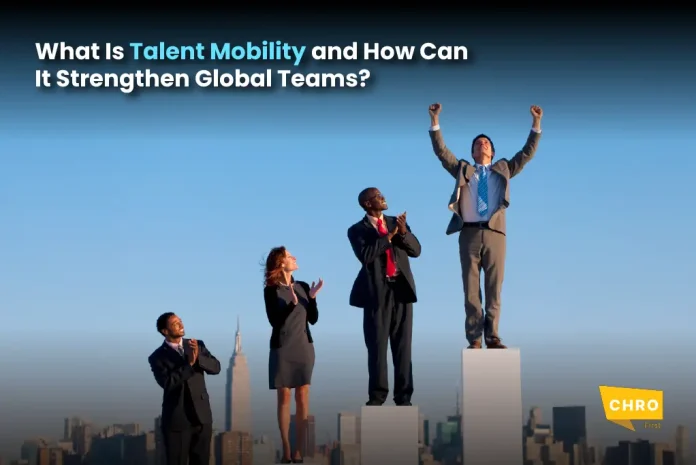According to recent studies, the actual cost of employing fresh talent can be three to four times higher than the new hire’s yearly pay. This includes the cost of hiring, training, and employer contributions like insurance and taxes. Thus, it is understandable why many firms prioritize retaining talent.
One strategy that can assist you in doing so is talent mobility. You can retain important personnel and their business expertise while enhancing skill sets and offering possibilities for rewarding work and growth if you have a well-thought-out talent mobility plan that permits internal talent to move and take on new responsibilities inside your organization. Employee productivity and well-being are directly correlated with internal talent development, and employees who are given development chances are 34% more likely to remain in their position.
The many forms of talent mobility, the advantages and disadvantages of emphasizing internal growth, and tips for creating and executing an effective talent mobility strategy will all be covered in further detail in this guide.
What is Talent Mobility?
Talent mobility is the ability of an individual to move between roles within the organisation. A key part of effective talent management, which includes hiring, training, workforce planning, and recruitment, is mobility. Mobility aims to match your workforce’s backgrounds, motivations, and skills to your business needs and your employees’ interests.
By getting staff to broaden their horizons and upskill, executives can retain and develop talent at the same time. A good mobility program can also help your business avoid the high direct and indirect costs of losing people who want new experiences, which is especially important given today’s high turnover rates.
The Benefits of Talent Mobility
Employers who support talent mobility have a skills-based perspective, understanding that their workers’ unique abilities and characteristics add value beyond what is specified in their job description.
Employee retention is one of the key advantages of looking at the workforce this way. According to the EY Mobility Reimagined Survey, 78% of employers notice a positive return on investment from their mobility program, and 92% of respondents stated that aligning organizational goals with mobility strategy aids in drawing in and retaining top talent.
These companies are also more resilient and agile. Organizations can better prepare for unforeseen shifts in the industry by enlisting talent to intentionally broaden their knowledge and develop their skill set. Thanks to open communication and employee surveys during the transition to remote and hybrid working during the pandemic, their staff feel comfortable taking on novel challenges and can act creatively when faced with an issue.
Role mobility is an essential component of any strong internal leadership pipeline. Once a prospective leadership pool has been identified, be sure to extend the employees’ skills and understanding of the organization by providing them with opportunities in various departments, functions, and locations. You may also extend the employees’ tenure through secondments.
Additionally, talent mobility is cost-effective; internal promotions from within your present talent pool are significantly less expensive than hiring new employees. When employees stay with you and apply their enhanced abilities and experience to new roles, you receive a return on your investment, even though talent mobility itself comes with some costs because you have to pay for their relocation and training.
Why a Flexible, Engaged, and Productive Workforce Depends on Talent Mobility

Organizations may create a workforce that is flexible and dynamic by implementing a robust talent mobility strategy. Businesses may increase efficiency, retain top talent, and boost employee satisfaction by supporting internal career advancement. Clear career routes are guaranteed by a well-designed talent mobility strategy, which lowers turnover and promotes sustained engagement.
The Importance Of A Talent Mobility Framework
As with any other HR procedure, it’s critical to establish a suitable framework for managing talent mobility in order to track prospective transfers, current transfers, and program success. Employee mobility at all levels should be supported by a talent mobility framework that incorporates behavioral tests and other tools to streamline the process. It should also assist with any training needs and go over the transfer process.
Using well-known brand language and defining objectives that are consistent with everything else that employees engage with throughout the company, the framework should also be in line with organizational culture. When compared to other work and talent management procedures, the talent mobility method shouldn’t seem like an anomaly; rather, it should enhance them.
Talent Mobility Best Practices
Knowing the different kinds of internal mobility will be a crucial first step in implementing talent mobility best practices. Role-to-role mobility and project-based mobility are the two main categories of mobility strategies.
● Make Use of Two Talent Mobility Types
Both facets of mobility should be incorporated into a robust internal mobility program. Employees can switch organizational jobs as needed thanks to role-to-role mobility. Employees working on various projects without being restricted to a certain workflow or team are supported by project-based mobility. Best practices for internal mobility will keep your attention on all the people that make up your teams and not ignore their individual perspectives on mobility.
● Consider the Long Term for Employee Growth
Role-to-role mobility can also be somewhat complicated by upward mobility. Employees should be able to advance in their careers with defined pathways, but their mobility within the organization shouldn’t be compromised. Employees shouldn’t ‘graduate’ from duties that are still necessary as they gain more expertise and assume more senior positions. It can be challenging to maintain this state of balance.
● Look for Unnecessary Overlap and Redundancies

One useful technique for maximizing talent mobility is process mining. Process mining will examine how workflows operate and what staff are doing. Process mining will examine all timestamps and movements to determine whether any bottlenecks or snags can be fixed to optimize the process, as opposed to assuming that the touchpoints and procedures always make sense. When workers relocate to locations where they aren’t really needed and waste time with extra touchpoints, this might help identify needless mobility.
● Boost Communication for the Project
Good project management software (PMs) should be used when staff members switch projects and roles in order to keep everyone on schedule. Clarity must be improved to prevent misunderstandings regarding tasks that have been allocated. Project managers will monitor staff mobility and project timeframes.
● Establish benchmarks for internal mobility
Make a list of objectives and explain how internal mobility might benefit your business. Make sure that avoiding pointless movements is one of your internal mobility benchmarks. Not every movement is beneficial.
● Take the Morale of the Team into Account
Recommending cross-functional projects, rotations, and secondments is a crucial component of a robust internal talent mobility plan. It may occasionally be necessary to control talent movement in order to preserve the intrinsic values of success and completeness. Employees may feel as though they never complete any major assignment if mobility speeds up too much.
Concluding Thoughts
Talent mobility is no longer just a buzzword, it’s a business imperative for organisations to build resilient, future-fit teams. By focusing on internal growth, aligning employee potential to changing business needs, and fostering a culture of continuous learning, companies can unlock the full value of their workforce. The key is to get the balance right, enabling movement without compromising stability or morale. With the right strategy in place, talent mobility not only strengthens global teams but also drives long-term business success.

